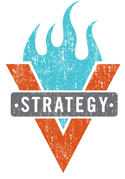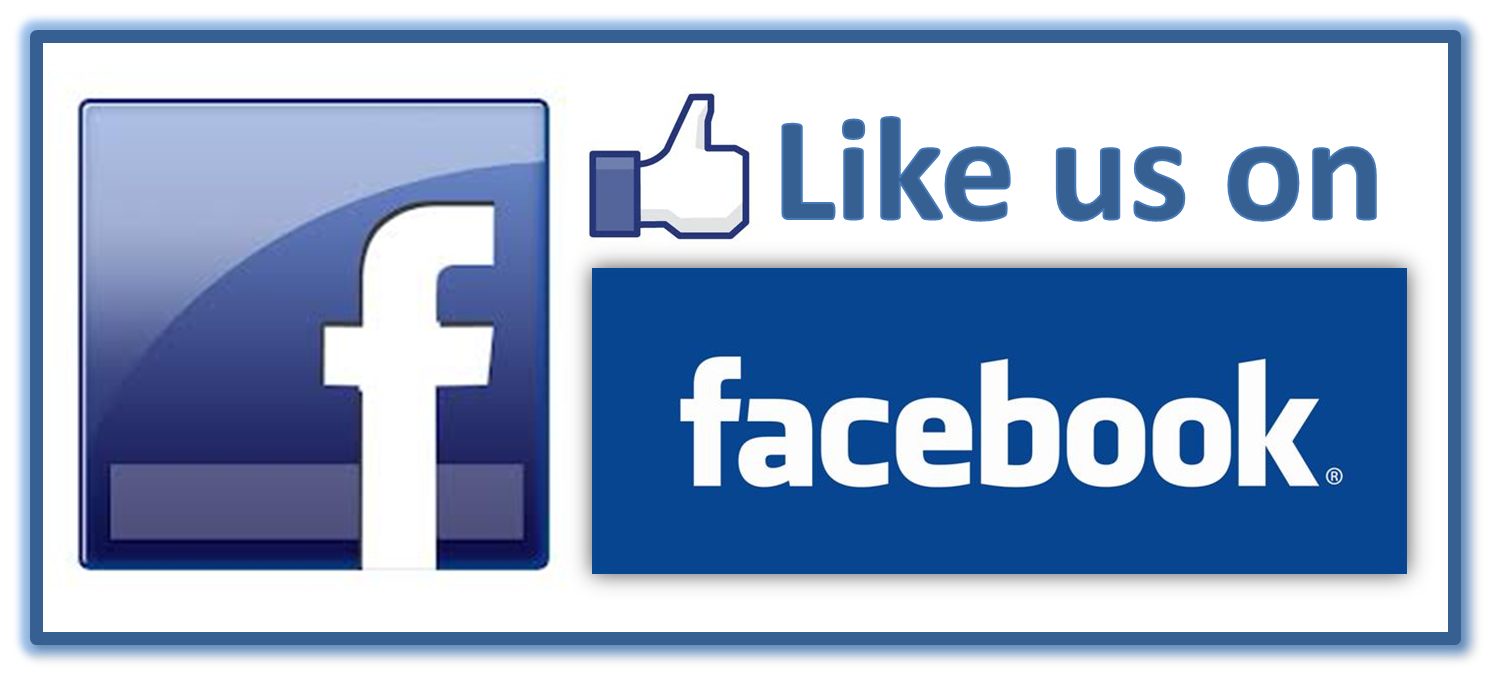Are You Brand Blind?
 We are all close to our businesses, after all, that is what we do every day. We sweat blood and tears to build our products or our services and try as hard as we can to make sales. But when was the last time you asked your clients, or more importantly people who are your TARGET client what they thought of your business, product, marketing materials, or website?
We are all close to our businesses, after all, that is what we do every day. We sweat blood and tears to build our products or our services and try as hard as we can to make sales. But when was the last time you asked your clients, or more importantly people who are your TARGET client what they thought of your business, product, marketing materials, or website?
Often we see ourselves one way and the public, or our target audience, sees us completely differently. And as they say, perception is reality. Many small businesses jump into business accidentally, without a strategy or a brand plan in place. Typically on a budget, I see clients and potential clients who have DIY’d their marketing materials and website without sitting down and thinking about strategy, a target audience, and a plan so that everything works together and integrates, building upon each layer with a cohesive message. The shotgun approach typically doesn’t yield the most cohesive results.
Now your mom and your spouse may tell you that your website is pretty, but if I ask your target audience are they going to say “it took me 6 clicks to find the product I wanted” or “I can’t find a phone number” or “I’m confused about what they do?” If I ask you what are the top words you would use to describe your business, and you say “quality” and “inexpensive” and when I ask a client they say “cheap,” that is a disconnect. Do you know where you lie compared to your competitors?
I like to do research projects for clients where I do informal focus groups with their product/service and that of competitors. Some people refuse to acknowledge that they have competitors, but we all do, even if the other option is to just not purchase anything because you aren’t showing your value. If you are more expensive than your competition, are you communicating your value with your website and marketing materials being upscale and professional? You wouldn’t expect the same look and feel from your bank’s website as you would for a children’s party entertainer but both can be professional and easy to understand and “on brand.”
When I do brand audits for clients, I look at many things. Their marketing materials, website, product, service, positioning compared to competitors, etc. Brand is ALL these things, as well as your employees, your physical location if clients visit, how you present yourself on social media, your tradeshow booth, packaging, etc etc etc. And often I see a disconnect between what they THINK they are selling and what the customer thinks they are selling from a brand perspective. Customers do not like disconnect, they like everything to build upon the same message and cement the brand into their minds, along with the product or service experience making good on the brand promise.
Are you sure you are seeing your brand clearly? Or are you brand blind? And is your target audience aligned with your message?



